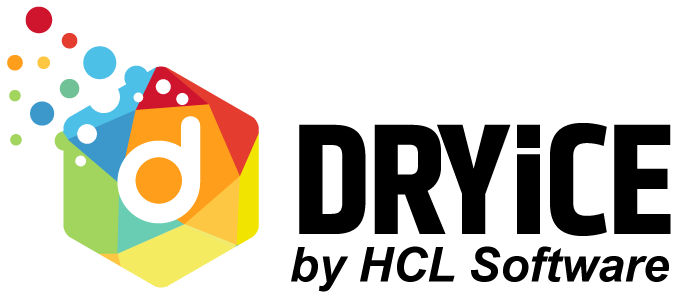October 28, 2020
We are all familiar with supplying reviews for gyms, restaurants, and bars on Google or on the iOS and Android app stores. Similarly, while shopping on Amazon, we read product reviews from users, rate those reviews, and can even submit a question expecting information from anyone who has knowledge of the item in question.
In reality, by providing our assessment, we are acting as a crowdsourcing contributor, and by seeking information from others, we are sourcing the knowledge from the crowd.
So, what is crowdsourcing? Crowdsourcing is defined as outsourcing a task or activity of an organization to a network of people. It is exploiting the collective knowledge of people within or outside an organization. By using the power of information technology, a crowdsourcing model allows companies to solve business problems and innovate faster, more cheaply than ever before.
How does crowdsourcing work? Problems or issues are posed to a virtual community through a technology platform, with the aim of taking inputs from the crowd. There are different approaches to making crowdsourcing work: (1) crowd voting, where a crowd selects an option from several alternatives; (2) idea crowdsourcing, where a question is put to the crowd and answers are sought from them; and (3) solution crowdsourcing, where a problem is put forward, and the crowd proposes solutions.

A crowdsourcing approach can be used to find an inclusive solution to a complex problem by using the collective wisdom of the crowd. It can be simple issues like a soccer club asking its supporters to choose the jersey for the upcoming season to complex ones like the government of a country asking the people to voice their opinion on serious political issues. A platform like Quora is a typical example of a crowd-moderated online source of information.
Crowdsourcing has its advantages:
- Lower costs: While winning ideas and valuable contributions deserve to be rewarded, offering rewards is usually a lot cheaper than formally hiring people/consultants to solve problems.
- Greater speed: Harnessing a wider pool of people can speed up the problem-solving process, especially when completing many small tasks in real-time.
- More diversity: Some companies (especially smaller companies) may not have a lot of internal diversity. By crowdsourcing ideas, they can receive help from others with diverse backgrounds, values, and experiences.
The COVID-19 pandemic has thrown up unprecedented, unforeseen scenarios for enterprises, demanding rapid response to address immediate challenges and catalyze growth. In order to fuel growth enabled by disruptive innovation, organizations must leverage the collective wisdom of the crowd in the form of employees, customers, and external contributors to fast track progress.
While crowdsourcing is powerful in many ways, it involves a lack of control– especially when involving online communities. Unless one oversees these initiatives closely, they can turn into PR liabilities and can threaten brand reputation. Also, turning over a question or problem to a crowd may result in a less than ideal solution.
While the concept of crowdsourcing may appear to be simple, finding great ideas and solutions is not as easy as just asking customers, employees, and fans for their best ideas. After all, nobody would want to give away their valuable knowledge and expertise for free. There must be a clear incentive in place, such as a reward or a professional recognition.
Crowdsourcing not only helps with problem-solving, but it also allows groups to feel connected to organizations. Building this community of contributors within the enterprise and client community can have huge benefits in terms of employee engagement and customer loyalty. It may require some trial and error, but it works well for the current generation of consumers. Being self-empowered makes them happy as it involves their participation in solving the problem and makes them a part of the problem-solving process.
We, at DRYiCE™ Software, have incorporated a similar concept of crowdsourcing knowledge in our service management products (DRYiCE SX™ and DRYiCE Gold BluePrint). Like an Amazon user, who can rate a review on the basis of its relevance and usefulness, SX and Gold BluePrint natively support the crowdsourcing model by allowing the end users to rate their experience for a shared knowledge article. End users are provided with knowledge articles applicable to a subscribed service, enabling them to self-serve their information needs to complete a job or to self-resolve issues. They are also empowered to supply their inputs on issues or questions raised by others. Thus, the same users act as both consumers of, and contributors to, the knowledge inherent in the products and processes.
References:

Sambit Bose
Sambit has an overall experience of over 20 years working with customers across different industries offering software service solutions. In his current role, he is heading the product management for Orchestration products in DRYiCE Software. He carries multi disciplinary knowledge and experience in Product Management, Customer Relationship Management, Account Management and Regional Business Management, acquired in his illustrious career. He started his career with NIIT Limited and has subsequently worked with Sonata Software, Oracle India, IBM India before joining HCL Technologies.



